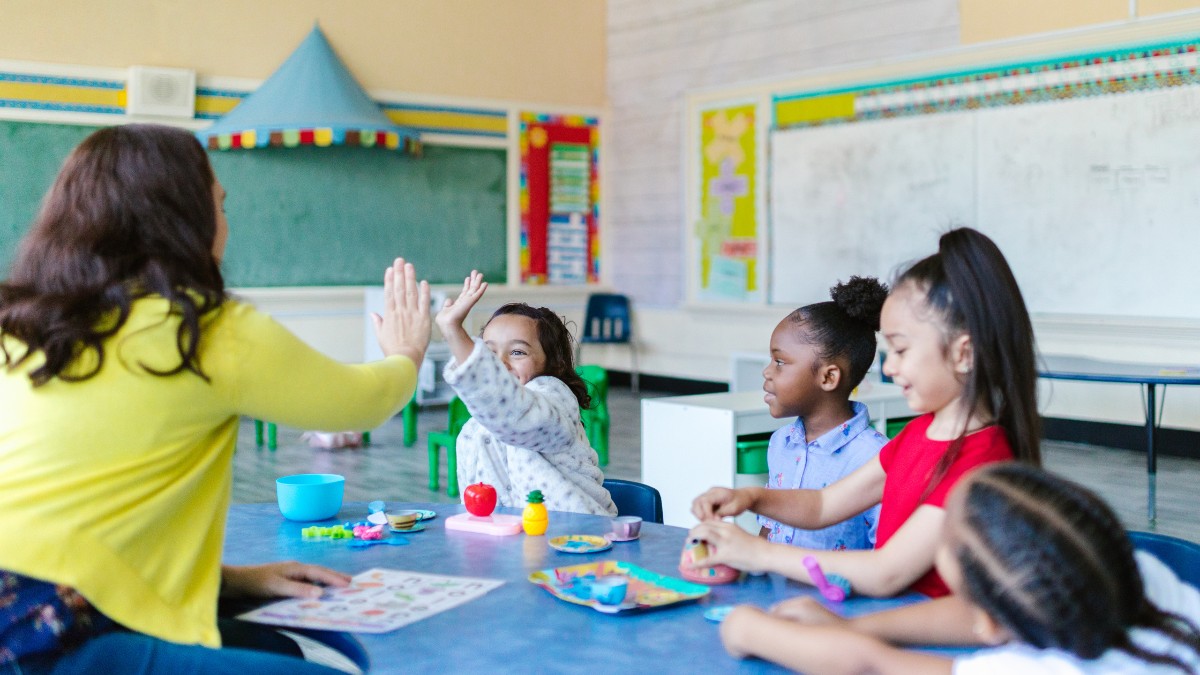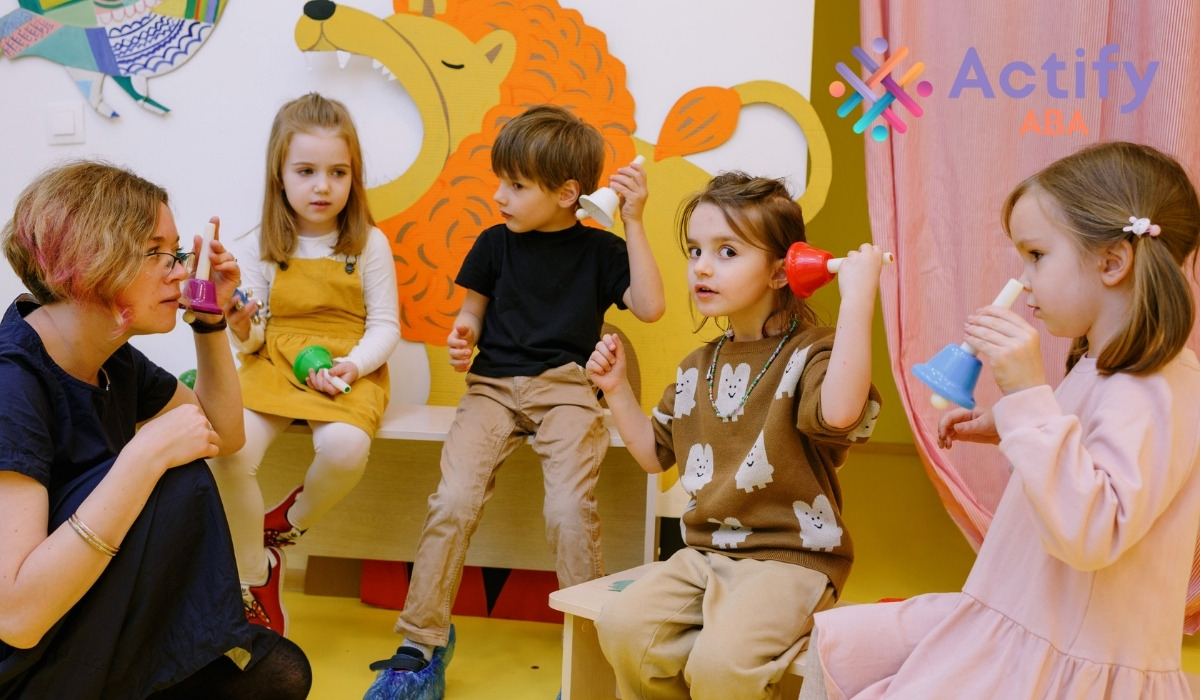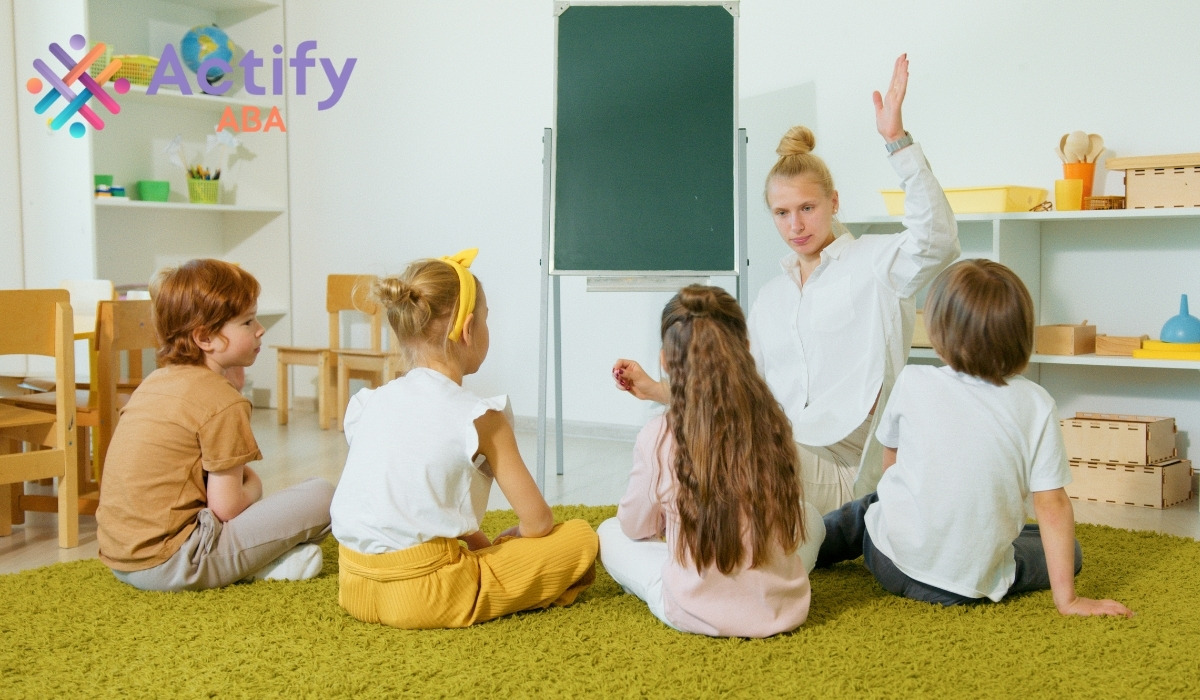
Key Points:
- Classroom accommodations for autism help reduce barriers and enhance learning experiences tailored to individual needs.
- Adjustments in environment, teaching style, and communication methods are vital for success in inclusive classrooms.
- Collaboration between educators, therapists, and families is key to building a supportive academic framework.
Supporting autistic students in educational settings often requires more than just good intentions—it calls for strategic, individualized adjustments known as classroom accommodations. These accommodations for autism can make a significant difference in how a child absorbs information, manages sensory input, and participates in daily academic routines.
In this article, we’ll explore a wide range of effective classroom accommodations for autism, focusing on how they support learning, improve behavior, and help children feel safe and understood in school. Whether your child is already receiving support or you’re trying to build an IEP (Individualized Education Program) plan, understanding these accommodations can be a critical step.
What are the Most Effective Classroom Accommodations for Autism?
The most effective classroom accommodations for autism include sensory supports, flexible routines, visual aids, and social communication strategies tailored to the student’s needs. These tools reduce stress, boost engagement, and create a predictable, accessible learning environment for autistic learners.
Accommodations are not one-size-fits-all. Each child’s needs will vary depending on their strengths, sensory sensitivities, and communication style. When carefully selected and consistently applied, accommodations can help minimize disruptive behaviors, improve focus, and promote long-term academic success.

Why are Accommodations Important for Autistic Students?
Children on the autism spectrum often process information, respond to stimuli, and engage socially in ways that differ from neurotypical peers. Without the right support, these differences can create obstacles in a traditional classroom setting.
For example, loud noises, bright lights, or sudden schedule changes can lead to distress or shutdowns. A rigid classroom routine may increase anxiety. Accommodations are essential because they provide structure and flexibility that allow autistic students to feel secure, stay regulated, and access the curriculum in ways that work for them.
These modifications aren’t about giving unfair advantages—they’re about giving equitable access to learning.
How Can the Environment Be Adjusted to Support Autistic Students?
The physical and sensory environment of a classroom plays a major role in how well an autistic student can learn and self-regulate. Reducing sensory overload and creating calming spaces is a critical starting point.
Here are several environmental accommodations that may benefit autistic children:
Noise-Reducing Headphones
Help minimize distracting sounds to support focus and reduce sensory overload for autistic students in busy classrooms.
Soft Lighting or Natural Light
Gentle lighting creates a calming atmosphere, preventing sensory discomfort caused by harsh or flickering lights.
Access to a Quiet Corner or Sensory Break Area
Provides a safe, low-stimulation space for students to regroup and manage sensory or emotional overload.
Visual Boundaries and Seating Placement
Clear visual cues and strategic seating help reduce distractions and promote better attention during lessons.
Creating an autism-friendly classroom environment can reduce anxiety and encourage participation in learning.

How Can Teachers Support Emotional and Behavioral Regulation?
Teachers help autistic students manage emotions by creating a calm, predictable classroom environment. Consistent routines and clear communication reduce anxiety and impulsive behaviors, helping students feel safe and focused.
They also support students in recognizing emotions and using calming strategies like deep breathing or sensory breaks. By responding with patience and encouragement, teachers foster emotional growth and help students develop better self-control both inside and outside the classroom.
What Instructional Strategies Work Best for Autistic Students?
Teaching strategies for autistic learners should focus on clarity, consistency, and predictability. Autistic children often benefit from lessons that are visually structured and delivered in small, manageable steps.
Effective instructional accommodations may include:
1. Step-by-Step Task Breakdown
Dividing complex assignments into clear, sequential steps makes tasks less overwhelming and supports better understanding and completion.
2. Extra Processing Time
Allowing additional time for students to process information and respond respects their unique cognitive pace and improves engagement.
3. Hands-On Learning
Incorporating tactile activities increases involvement and comprehension, especially in subjects like math and science, by engaging multiple senses.
4. Consistent Structure and Routine
Maintaining predictability and clear expectations creates a stable learning environment, which fosters focus and reduces behavioral challenges for autistic students.
Teachers who accommodate different learning styles and provide consistent structure often see improved outcomes for their autistic students.
What Role Do Social Supports Play in Academic Success?
Social supports play a crucial role in helping autistic students thrive academically by providing emotional stability, practical assistance, and fostering a sense of belonging. When students feel supported by teachers, peers, and family members, they are more motivated and confident to engage in learning activities. These connections help reduce anxiety and frustration, which can otherwise hinder focus and participation.
Beyond emotional encouragement, social supports often include structured guidance and advocacy that help students navigate school routines and social expectations. For example, peer buddies or mentors can model appropriate behavior and communication, while teachers who understand a student’s unique needs can tailor instruction and offer timely feedback. These kinds of strategies can also be powerful in helping children manage their impulses in everyday settings—something we explore more deeply in our article, “Autism Impulse Control Strategies That Actually Work.”
What Communication Supports are Useful in the Classroom?
Communication differences are common among autistic children, and not all students use verbal language in the same way. Providing multiple ways to communicate ensures that all children can express themselves and understand others.
Consider these communication accommodations:
1. Use of AAC (Augmentative and Alternative Communication)
Devices like tablets, picture boards, or communication apps provide vital support for nonverbal or minimally verbal students, enabling them to express needs and participate more fully in class.
2. Simplified Language
Clear, direct instructions help autistic students process information without confusion, making it easier to follow lessons and complete tasks.
3. Visual Cues and Prompts
Pairing verbal directions with pictures or gestures reinforces comprehension, giving students multiple ways to understand what’s expected.
4. Social Scripts
Teaching prepared phrases or sentence starters helps students navigate social situations, such as asking for help or joining peers, reducing anxiety, and promoting interaction.
These tools don’t just aid academics—they help build confidence and reduce frustration in social situations.
How Can Parents and Educators Collaborate Effectively?
Effective collaboration between parents and educators is essential to support the unique needs of autistic students. When both parties communicate openly and share insights about a child’s strengths, challenges, and progress, they create a consistent and supportive learning environment.
This partnership ensures that strategies used at school align with those at home, reinforcing positive behaviors and skills development. Parents and educators can work together by regularly discussing goals, exchanging observations, and problem-solving challenges as they arise. Involving the child in these conversations when appropriate also fosters self-advocacy and trust.
Get the Support You Need With ABA Therapy
While effective classroom accommodations lay the foundation for academic success, many children with autism also benefit from structured behavioral support outside of school. Applied Behavior Analysis (ABA) therapy is one of the most evidence-based approaches to supporting autistic children in developing life skills, improving communication, and managing behavior.
Actify ABA offers compassionate and individualized ABA therapy in Maryland, working closely with families and schools to ensure that learning strategies align across all environments.
Contact us today to learn how ABA therapy can support your child’s growth beyond the classroom and empower them for lifelong success.
